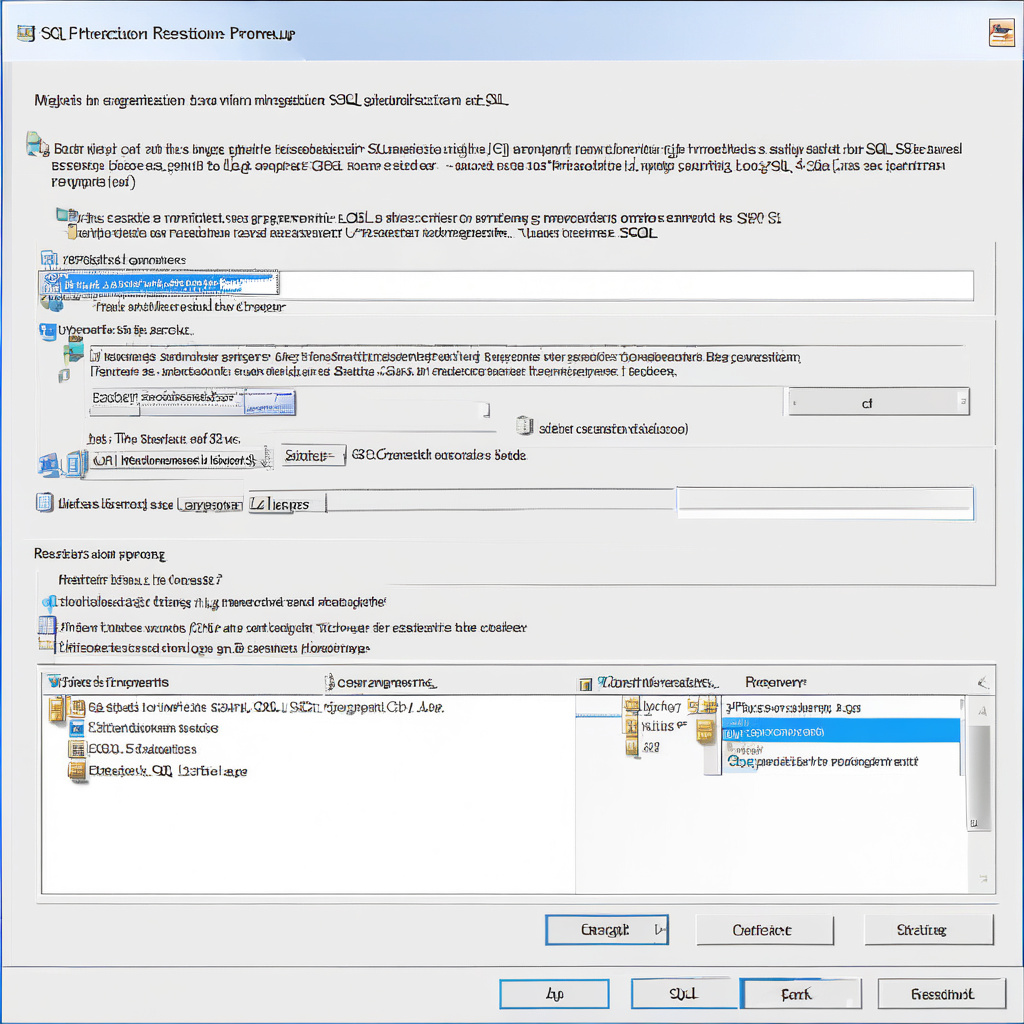Restoring a transaction log backup in SQL Server is a critical aspect of database recovery. It enables us to precisely roll forward changes to a designated point in time. Whether you’re mitigating a failure, moving data, or validating scenarios, this process ensures data integrity by applying committed transactions up to a specific moment.
To successfully restore a transaction log backup in SQL Server, there are key steps, potential pitfalls to avoid, and best practices to observe. Let’s delve into the essential aspects of this procedure to equip you with the knowledge needed to navigate this crucial process effectively.
Understanding Transaction Log Backups
Before diving into the restoration process, it’s vital to comprehend the significance of transaction log backups. These backups capture all modifications made to a SQL Server database, serving as a crucial component of the backup and recovery strategy. By restoring a transaction log backup, you can reapply transactions to the database, bringing it to a specific point in time.
Key Steps to Restore a Transaction Log Backup
- Ensure Full Database Backup: Before restoring a transaction log backup, make sure you have a recent full database backup. This serves as the starting point for the restoration process.
- Verify Chain of Log Backups: Ensure that the transaction log backup you intend to restore is part of a consistent backup chain. Each log backup must follow the previous one without any gaps.
- Restore Full Backup: Begin by restoring the most recent full database backup. This establishes the database in its initial state before applying transaction log backups.
- Apply Transaction Log Backup: Once the full backup is restored, apply the transaction log backup using the `RESTORE LOG` command, specifying the backup file and desired recovery point.
- Recover Database: After applying the transaction log backup, use the `WITH RECOVERY` option to bring the database online and enable users to access it.
Common Errors and Challenges
During the restoration of transaction log backups, several errors and challenges may arise. These can include mismatched backup chains, incorrect recovery points, or insufficient disk space for the restore operation. It’s crucial to address these issues promptly to ensure a successful recovery process.
Best Practices for Successful Restoration
– Regular Backup Schedule: Maintain a consistent backup schedule for both full and transaction log backups to minimize data loss in the event of a failure.
– Test Restores: Periodically test the restoration process, including transaction log backups, to validate the integrity of your backup strategy.
– Monitor Disk Space: Regularly monitor disk space to ensure that sufficient storage is available for transaction log backups and the restoration process.
By following these best practices and understanding the key steps involved in restoring transaction log backups in SQL Server, you can enhance the resilience of your database infrastructure and ensure seamless recovery in critical situations.
In conclusion, the ability to restore transaction log backups is a fundamental skill for database administrators and IT professionals working with SQL Server. By mastering this process and adhering to best practices, you can safeguard your data, mitigate risks, and maintain the integrity of your database environment.

